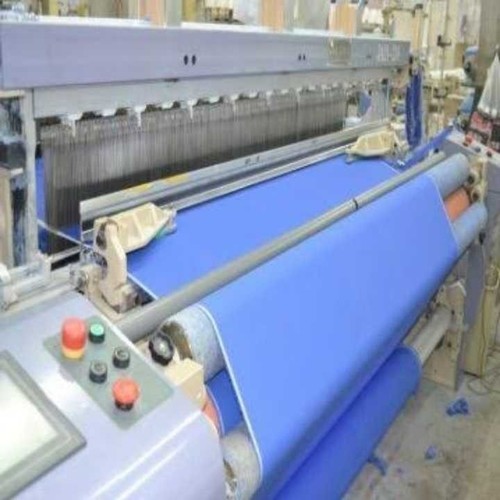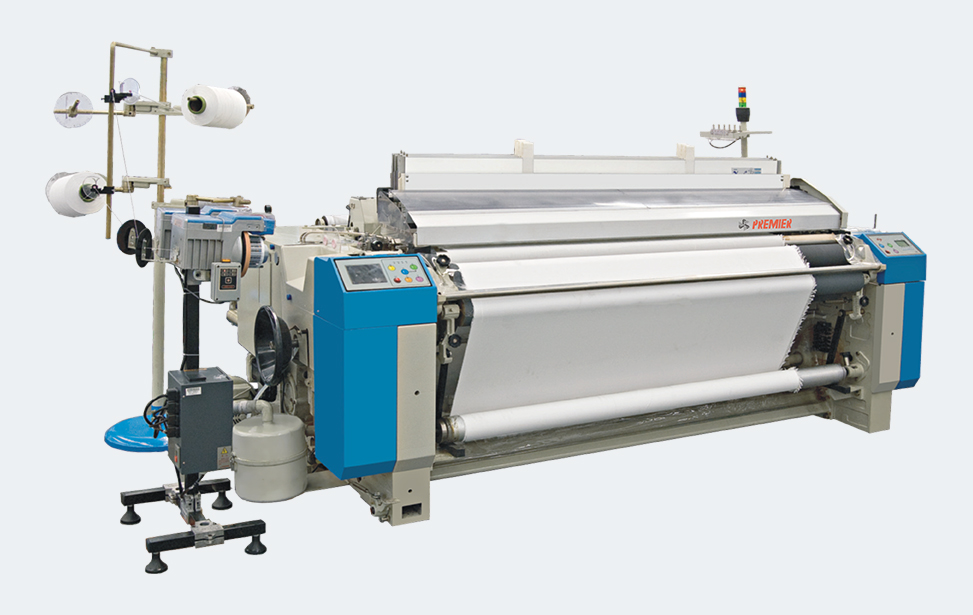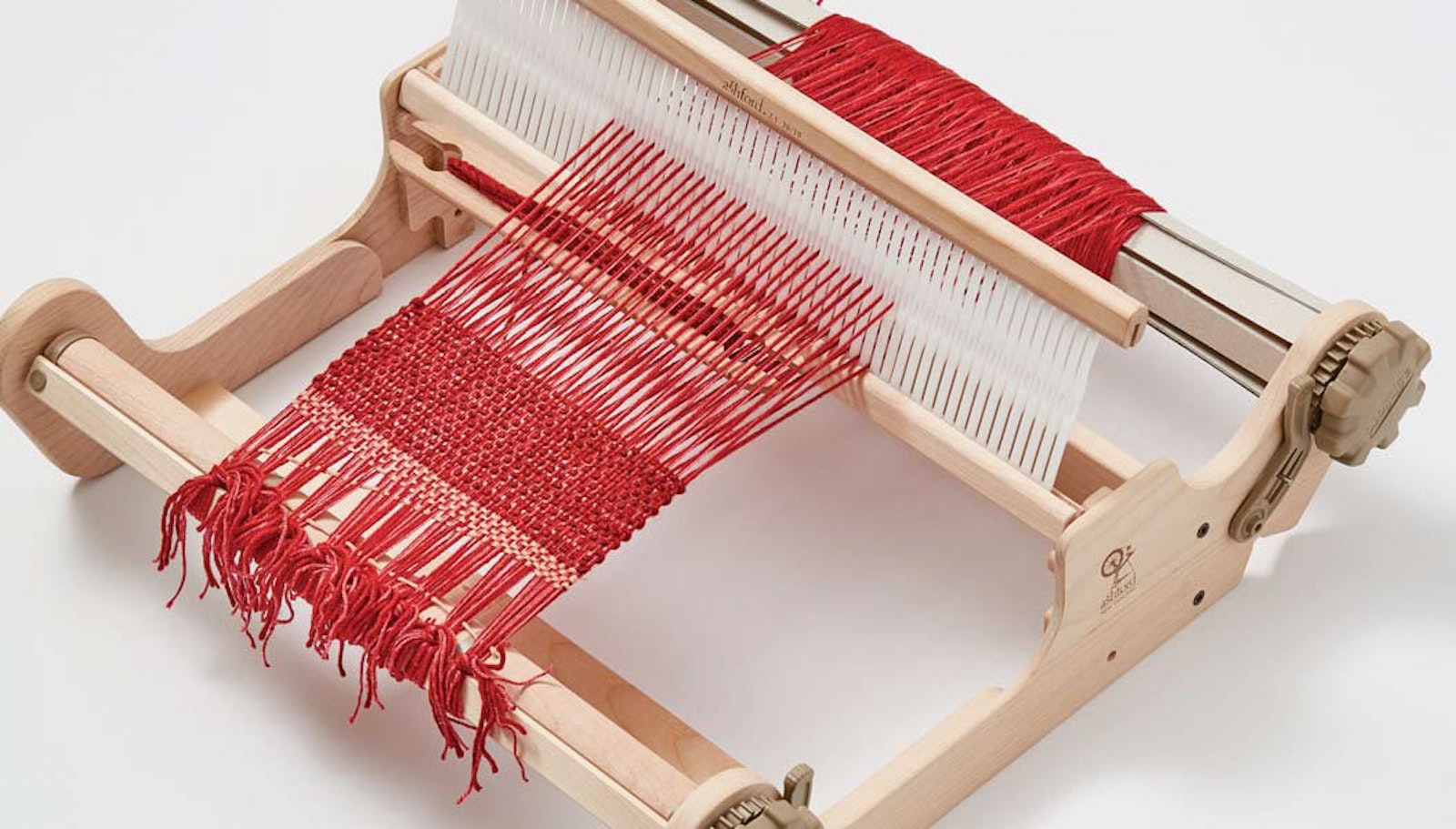In textile production, weaving is the process of interlacing warp and weft materials to make a fabric, usually accomplished with hands or power looms. The vertical components are called warp and horizontal components in the weave are called weft.
Looms are devices used to weave a fabric. Although it’s not known when the process of weaving started, fabric weaving was done by hand before power looms were introduced. They serve the purpose of holding the warp threads in tension to aid the crossing of weft yarns onto them.
The shuttle was the first invention that came after manual weaving. A small amount of weft yarn is released during the movement of the shuttle, which is the wooden or metallic component of the loom that moves across the width of the fabric.
Shuttle Looms
In Shuttle looms, the shuttle is used to insert the weft. The shuttle carries a pern of weft yarn and releases weft from pirn as it passes across the shed of the warp ends. Depending on the number of shuttles, there can be single shuttle looms and multi shuttle looms as well. It is also categorised according to the feature the loom provides.
Shuttleless Looms
Shuttleless looms use objects other than the shuttle to insert the weft yarns.
On the basis of what tool is used instead of the shuttle, there are Projectile looms and Rapier looms.
Projectile loom
A small metal device that resembles a bullet and has a clamp for grasping the yarn at one end is used in this projectile loom to fill the yarn, which is then fired into and through the shed. The number of clamps depends upon the width of the fabric.
Air Jet loom

Air jet looms are more suitable for heavier yarns than lighter ones. Weaves like dobby and jacquard are also done in air-jet looms. Standard home and apparel textiles for items like shirts, denim, sheets, towels, and sportswear, as well as industrial fabrics like printed circuit board cloths, can be produced by air-jet looms.
Water Jet loom

A jet of water is used to move a predetermined length of weft yarn across the loom. With speeds up to 600 ppm and very little noise, these looms are extremely quick. They also apply low tension to the filling yarn. Because there is less tension in the pick, very high-quality warp yarns are required for efficient operation. On water jet looms, only yarns such filament yarn made of acetate, nylon, polyester, and glass that aren’t easily absorbent can be utilised to create fabrics. But it can also create high-quality fabrics with excellent appearance and textures.
